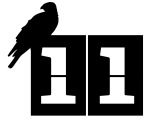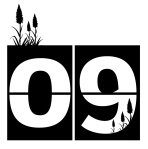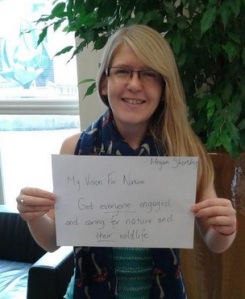Day Twenty-eight & Twenty-nine of Megan & Matt Go Wild
Welcome to our joint-blogging series for the Wildlife Trusts’ 30 Days Wild Challenge – you can read more about the campaign and ourselves in our introduction page.
Megan (travelling from Scotland to Worcestershire, then to Cambridge)
Day 28
No adventures looking for wildlife today, we were on a mission to return from Scotland. It was a long journey, around 10 hours, and often in rain. However, I had a wonderful time admiring various landscapes. The steep-sided vista of the Highlands U-shaped valleys, once filled with glaciers and now filled with the awe of their visitors. The rainbow behind us as we left the rain and emerged into the sun, seeming to appear as if to energise us on our journey. The sunlight landscape of the Malvern Hills as we approached our destination. Proof that even long and arduous drives can be inspiring and beautiful.
Day 29
Travelling over to Cambridge, we got stuck in roadworks traffic. Oh joy. As Matt was driving, I could take the opportunity to admire the wildflower verges – spying poppies, daisies and even a tiny but distinctive flower, the scarlet pimpernel. It made the traffic less annoying, for me at least.
It was time for some (wildlife) gardening when we got back to Cambridge; planting wildflowers, adding to the log pile, and also planting some vegetable seeds. Fingers crossed for a good harvest!
Wildflower spotting whilst stuck in roadworks traffic (I'm not driving). Just saw scarlet pimpernel. #30DaysWild pic.twitter.com/f5wcccLIlL
— Megan Shersby (@MeganShersby) June 29, 2015
Matt (travelling from Scotland to Worcestershire, then to Cambridge)

































































































